SUMMARY
This is AI generated summarization, which may have errors. For context, always refer to the full article.
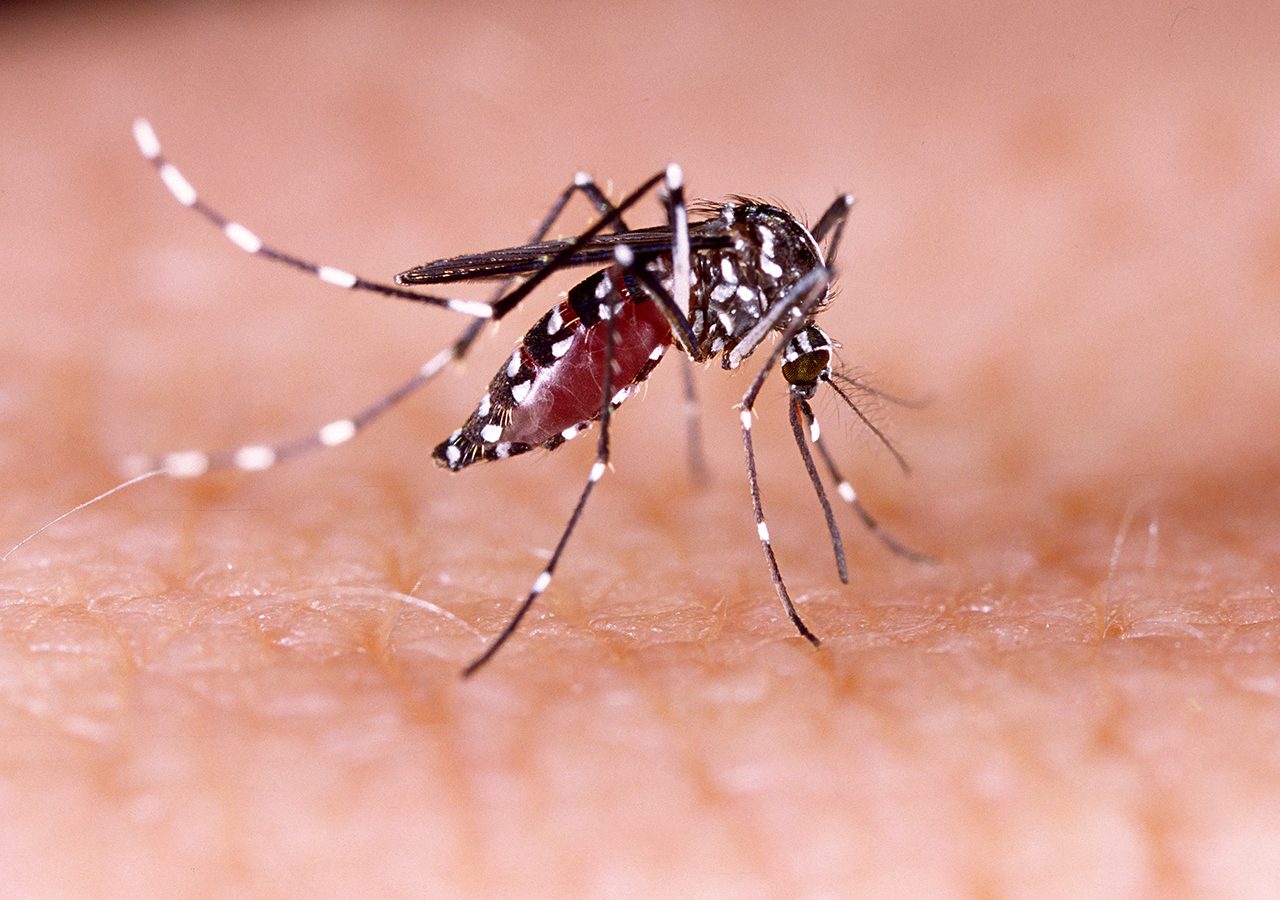
GENERAL SANTOS, Philippines – The General Santos City Health Office sought to ease residents’ concerns about a surge in cases of dengue hemorrhagic fever, which increased by more than 500% from January to May compared to the same period in 2022.
The health office documented 962 suspected dengue cases since the start of the year, showing a significant increase from the reported 160 cases during the same period in 2022.
Dr. Lalaine Calonzo, the acting city health officer, said on Friday, May 12, said it “should not be a cause for alarm,” downplaying their data as subject to further verification.
Of the suspected dengue cases in the city this year, 614 people were admitted to hospitals, while six have died.
“The public need not worry because the city has not yet been declared by the Department of Health as a dengue outbreak area,” said Calonzo.
Calonzo said the increase was a result of an aggressive dengue testing campaign conducted by the city’s 12 rural health units, which was not done in the past.
She said the tests involved individuals exhibiting initial dengue-like symptoms but required further confirmatory tests.
“Out of the 962 reported cases, no confirmatory tests have been conducted. This means there are only probable cases. After consultations, we only have 331 probable cases, and they will undergo further examination,” Calonzo said.
The remaining 631 people who fell ill were labeled as “dengue suspects” and have yet to undergo laboratory and other tests.
She said that in the last five years, the increase in the number of dengue cases in the city did not fall within the median range that would justify declaring an outbreak in the city.
Another outbreak indicator, Calonzo said, is for the city’s dengue fatality rate to be 1% of the total number of cases. Currently, the city’s dengue fatality rate stands at 0.62%, she said.
According to the health office, among the 26 villages in the city, Barangay Calumpang registered the highest number of cases at 142.
Dr. Karl Igrobay, assistant city health officer, said dengue is no longer a seasonal infection that occurs only during the rainy season.
“Dengue can now spread at any time of the year, unlike before, which is why we always have to be vigilant,” Igrobay said.
In nearby Sarangani province, the Integrated Provincial Health Office (IPHO) reported 563 dengue cases from January to May, marking a 44% increase in the number of dengue fever cases compared to the same period in 2022.
“Approximately, 60% to 70% of these cases involve school-aged children,” Yadao said.
The Soccsksargen region, to which General Santos and Sarangani belong, saw 10 dengue fatalities during the first five months of the year, the second-highest fatality rate among the regions in the country.
The region’s dengue cases also rose from 445 to 1,965 cases over the same period. – Rappler.com
Add a comment
How does this make you feel?
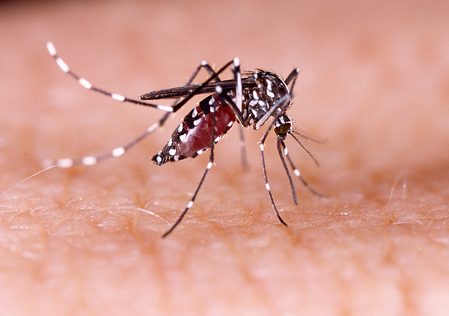
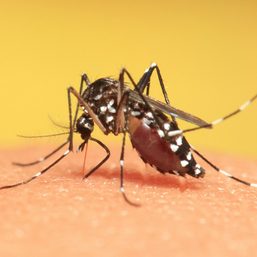
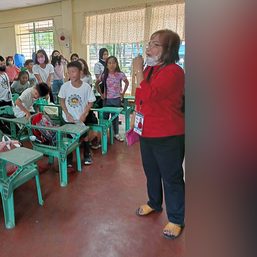

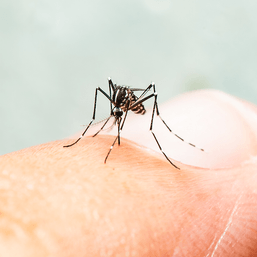

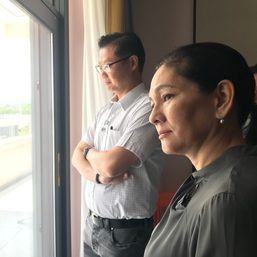
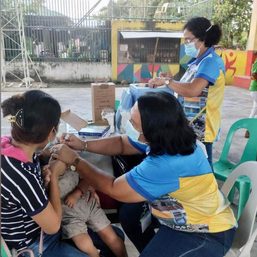
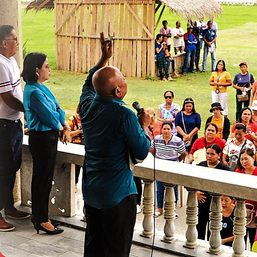
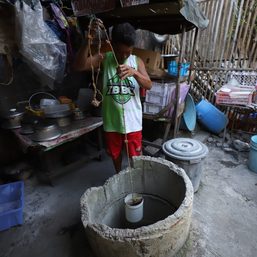

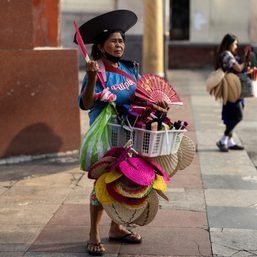
![[Free to Disagree] Sabwatan ng mga doktor at drug companies](https://www.rappler.com/tachyon/2024/04/tl-sabwatan-doktor-drug-companies-April-22-2024.jpg?resize=257%2C257&crop=292px%2C0px%2C720px%2C720px)
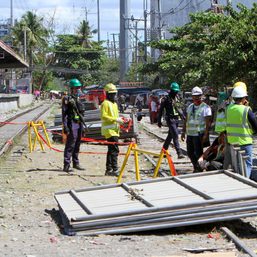
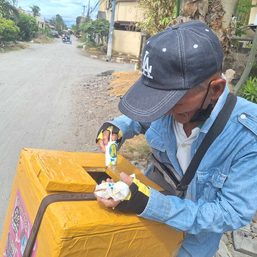
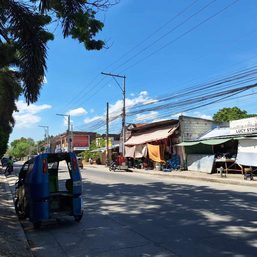

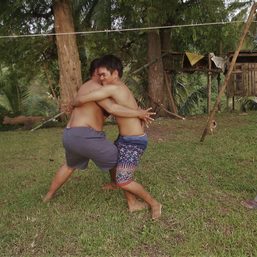
There are no comments yet. Add your comment to start the conversation.